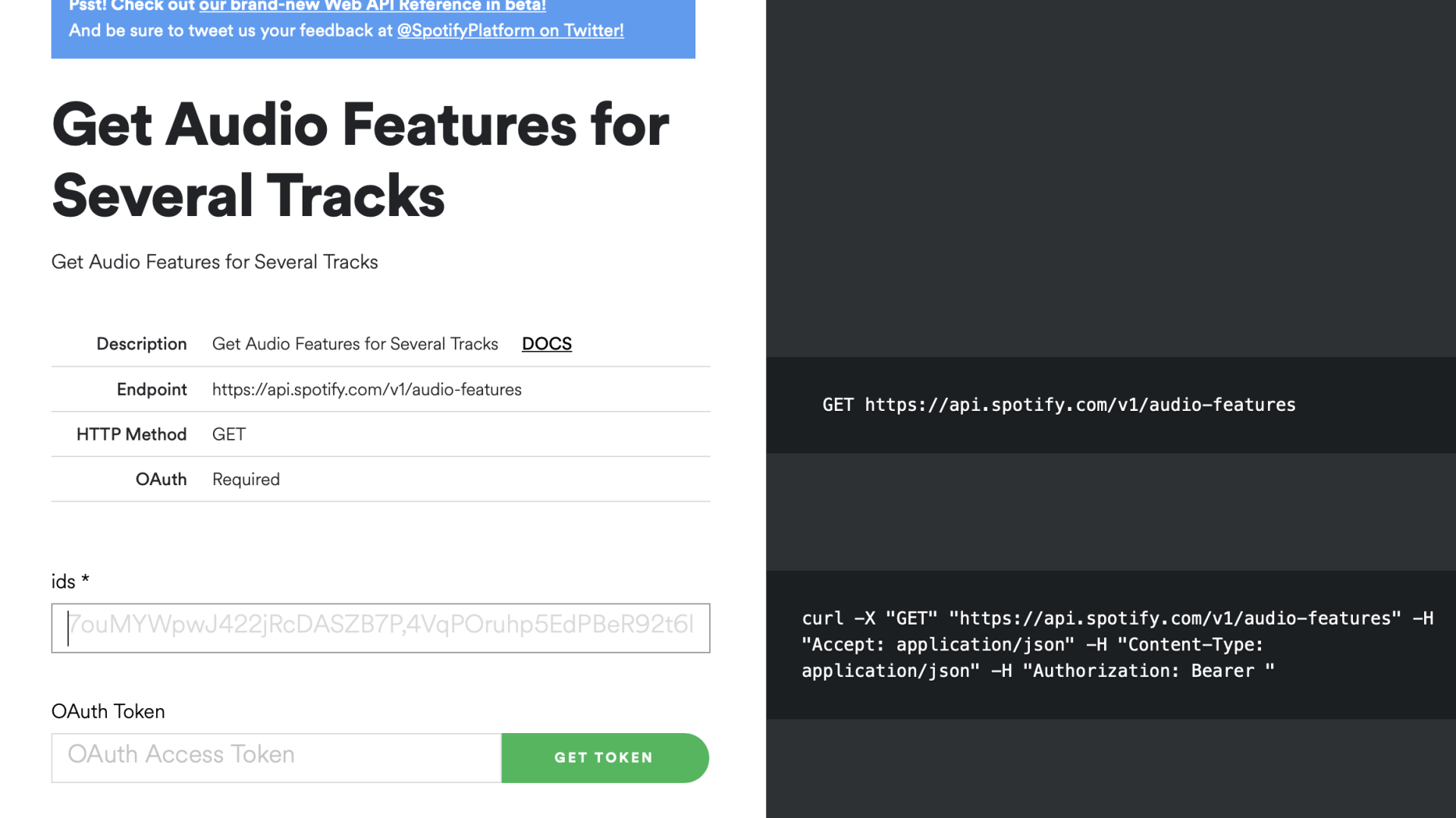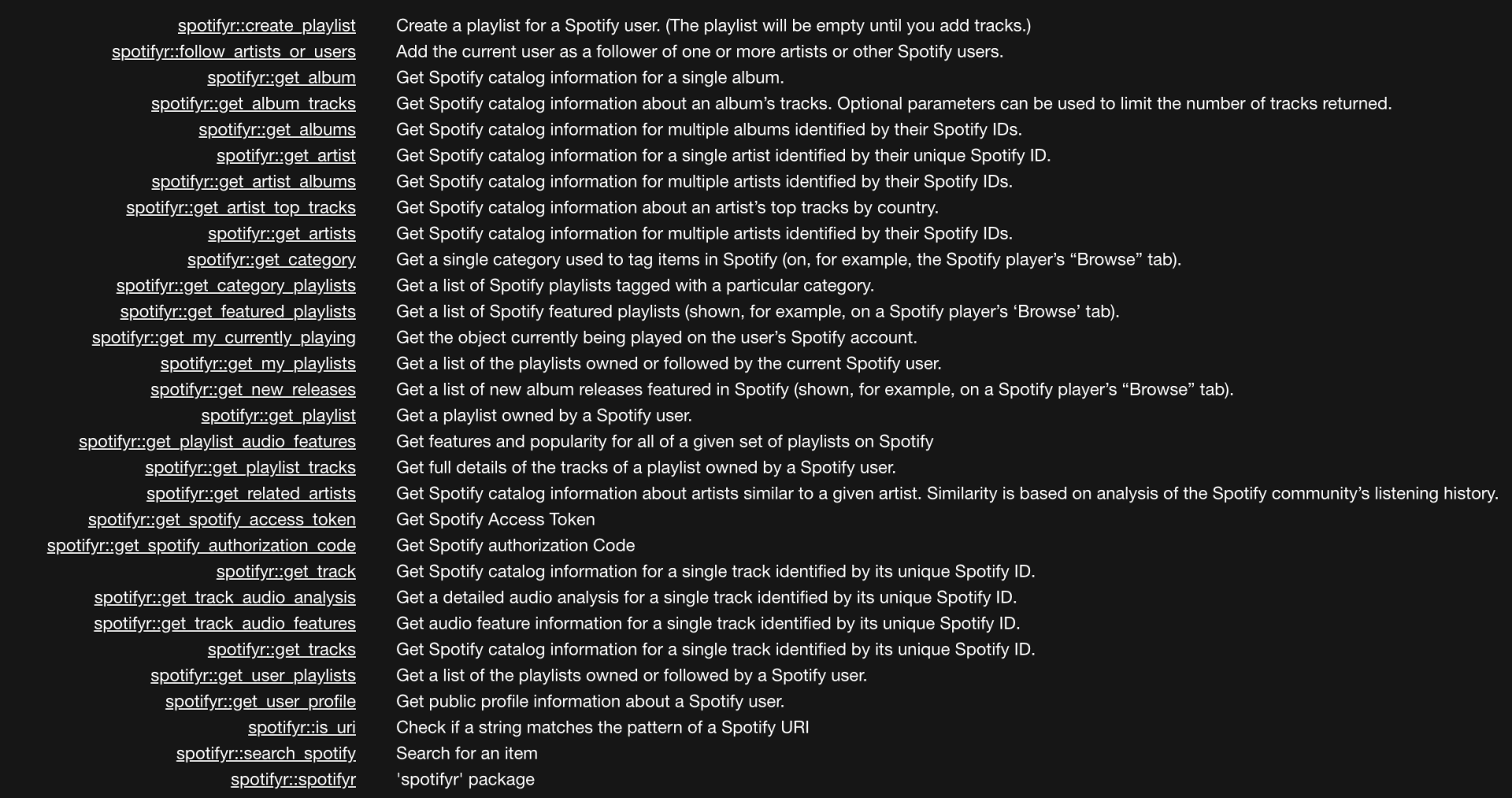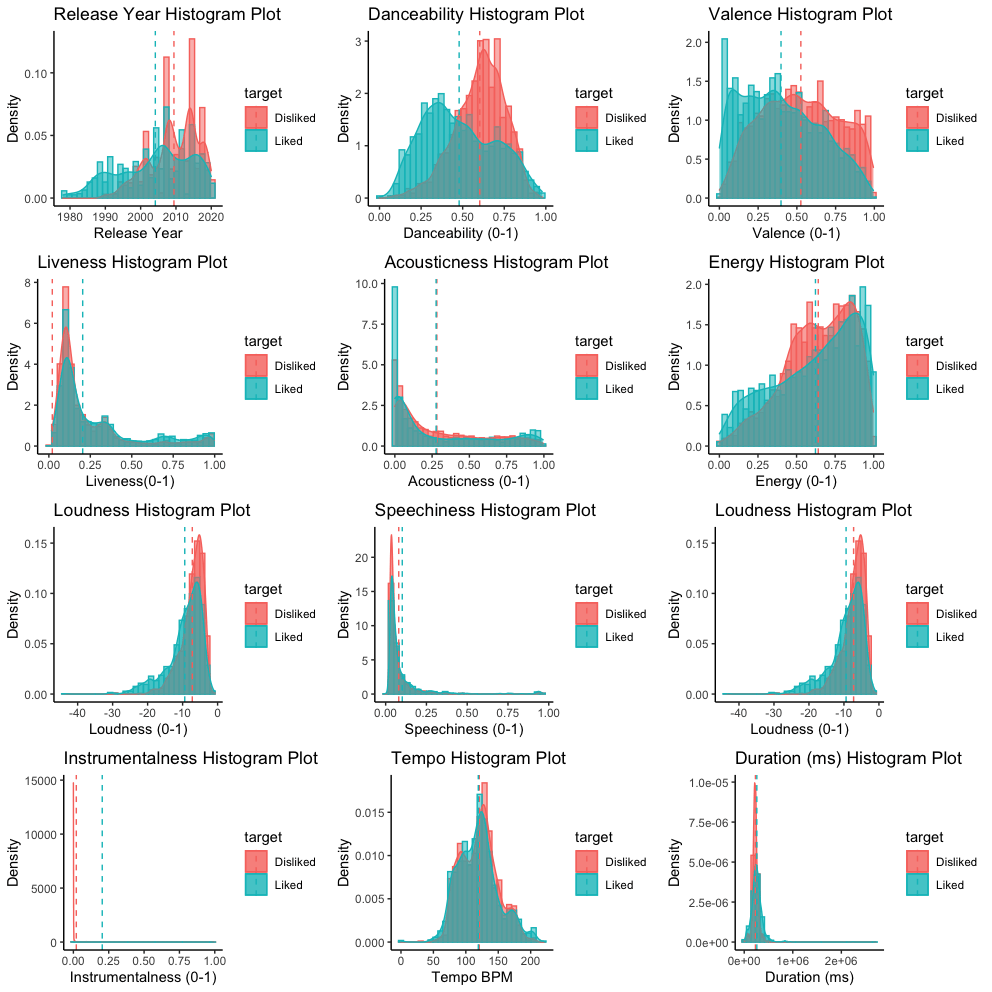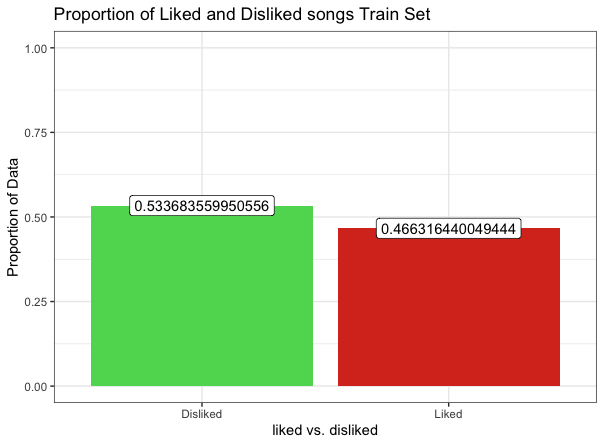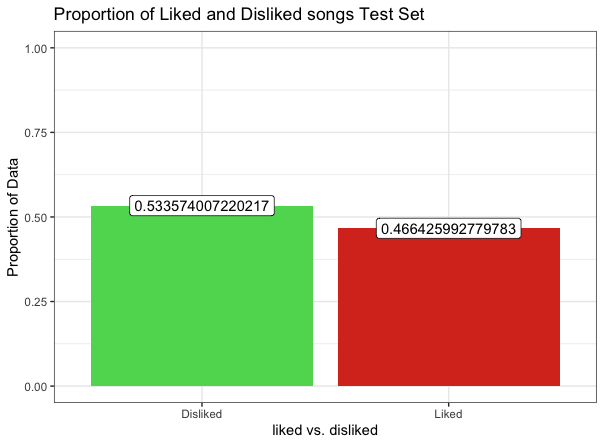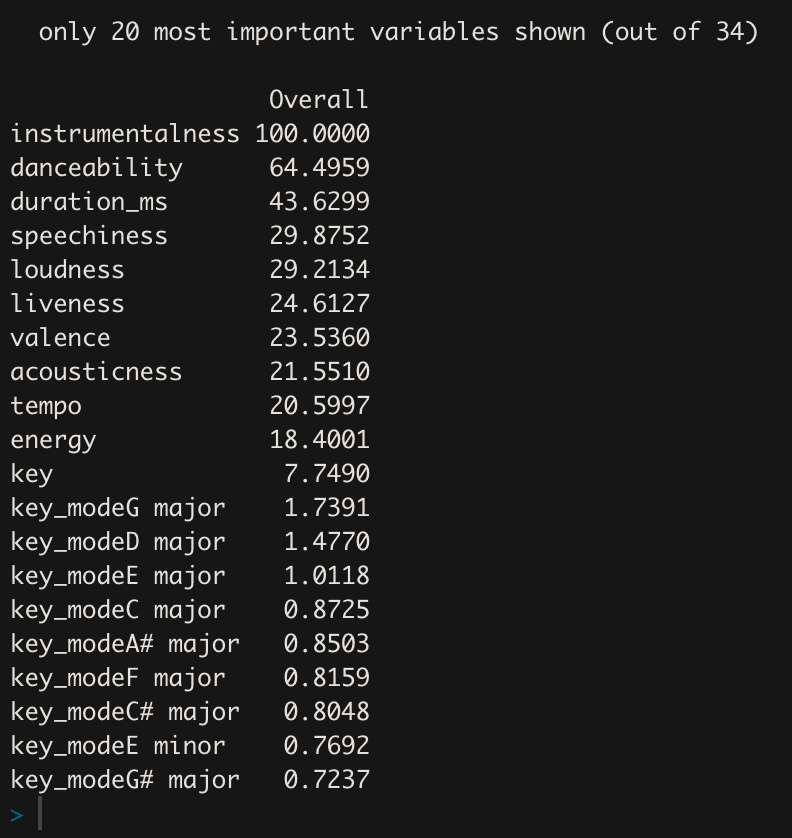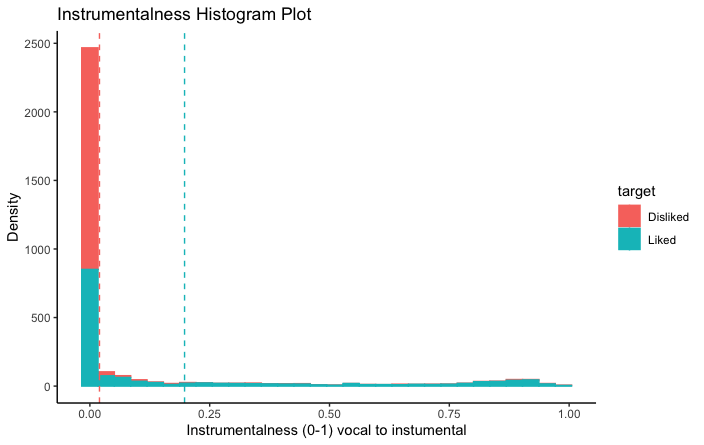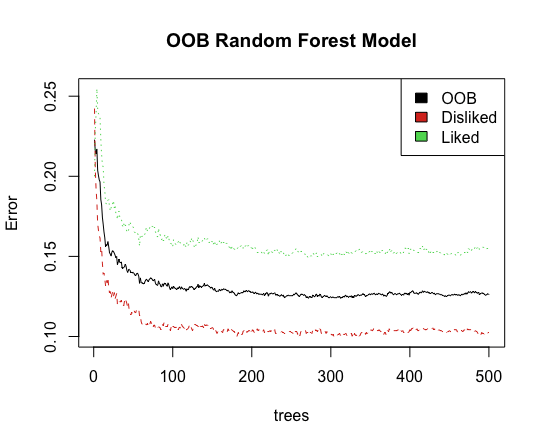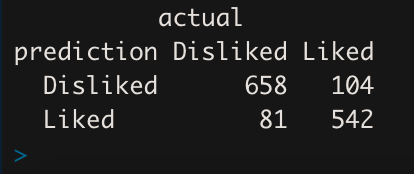About the Author: Ditty Menon
Founder of The Data Artists, The Data Artists Music and Nederland Wordt Duurzaam.
Erasmus University Rotterdam Alumni with 12 years of experience in Data Science / Analytics / Digital. Passionate about incorparating data into all aspects of life & (more recent) using data for a sustainable world.
Radom facts:
Starts his day with a flat white or caffe latte and the financial times podcast.
Broke his glasses when walking into a lamppost while thinking of a coding issue
Loves Serendipity
